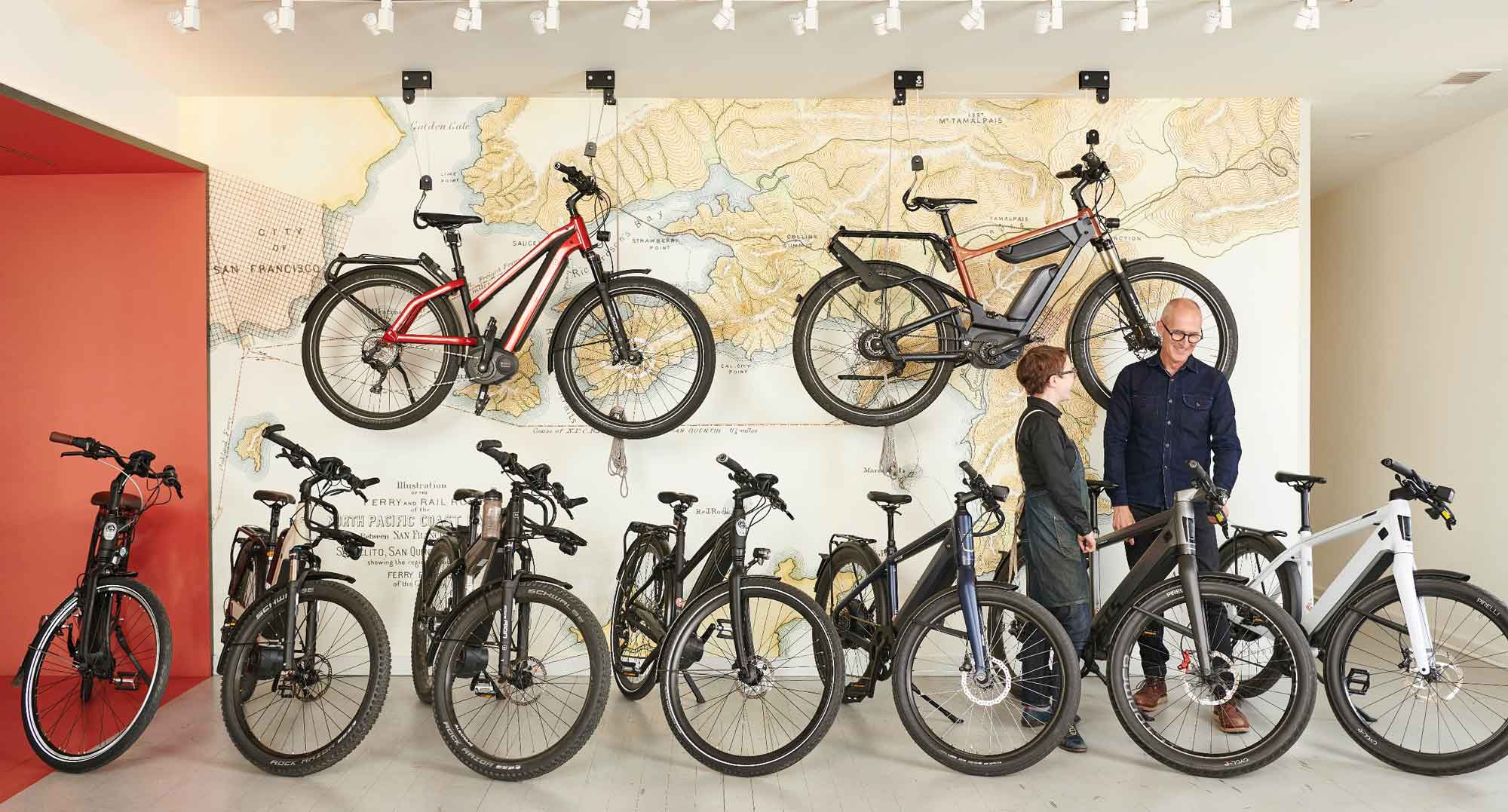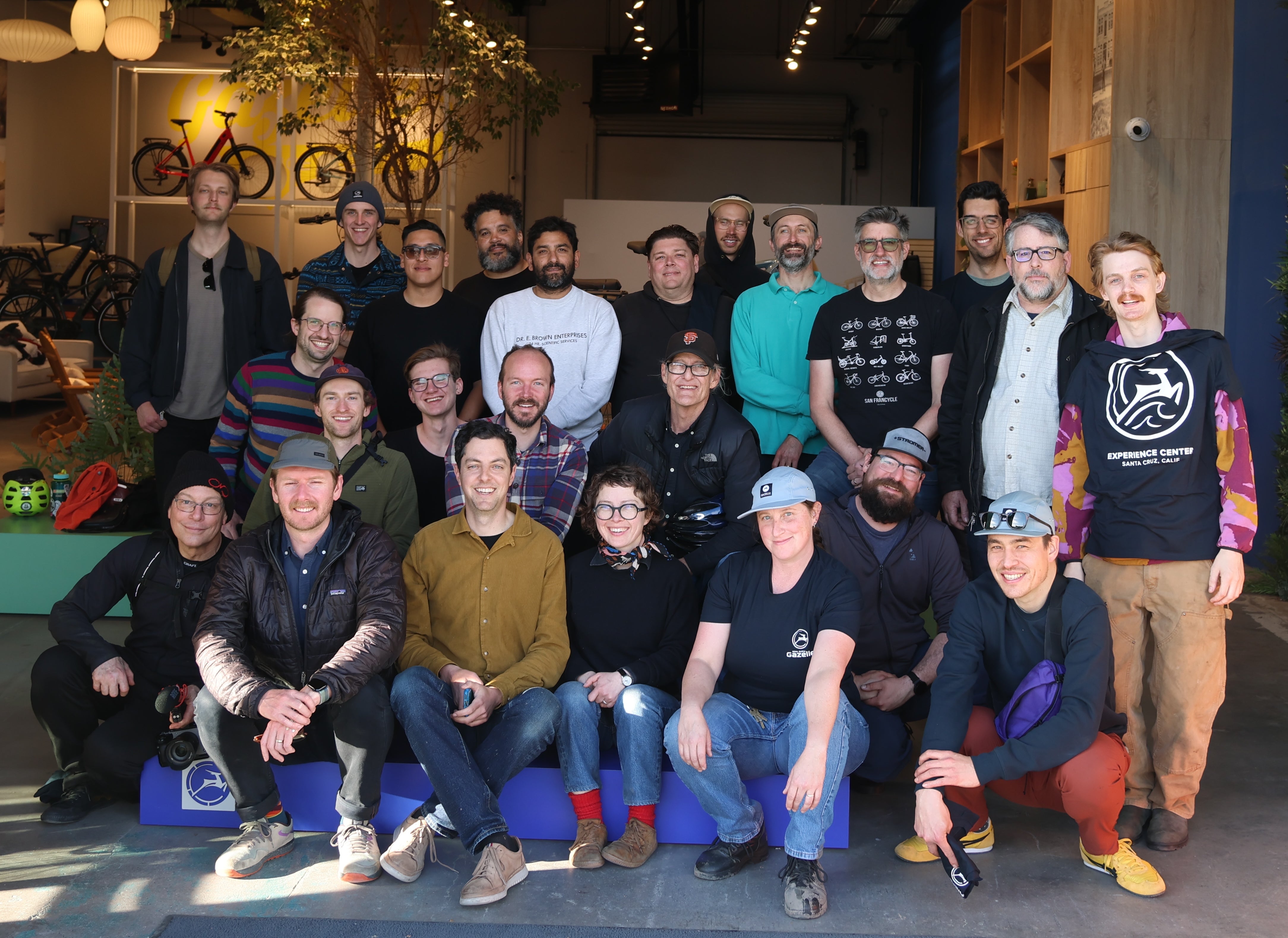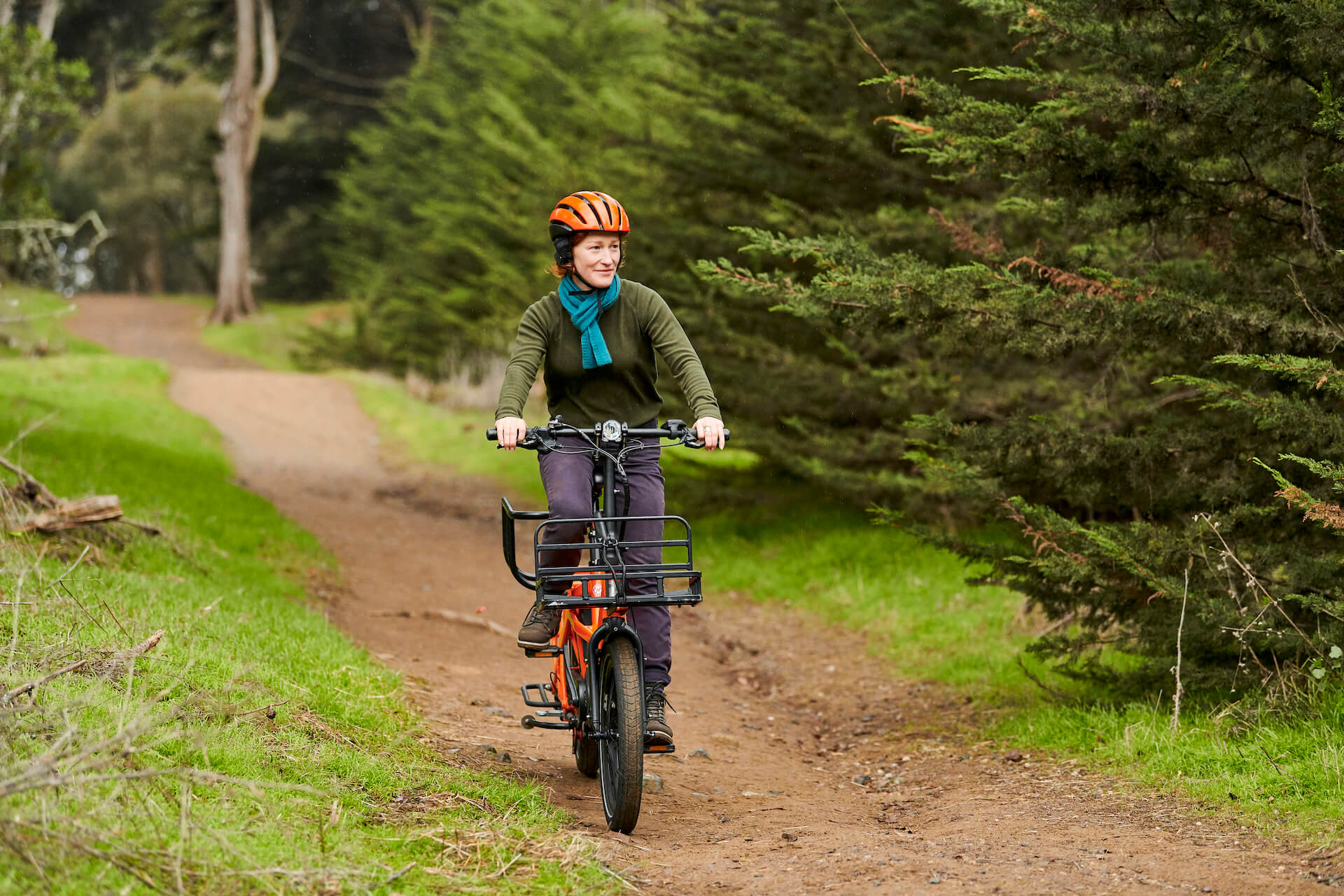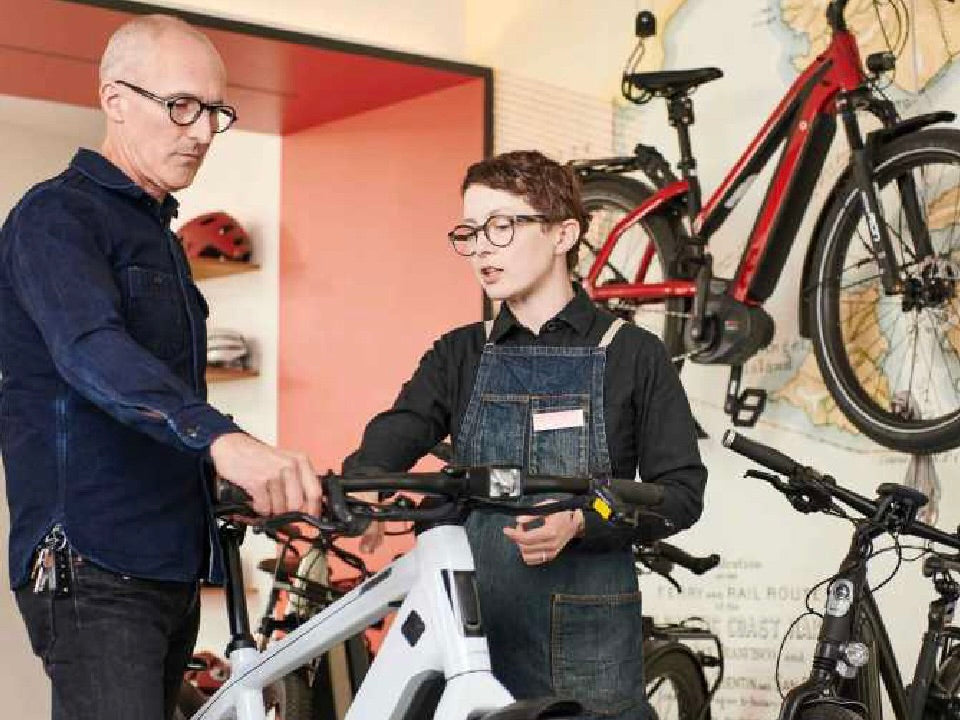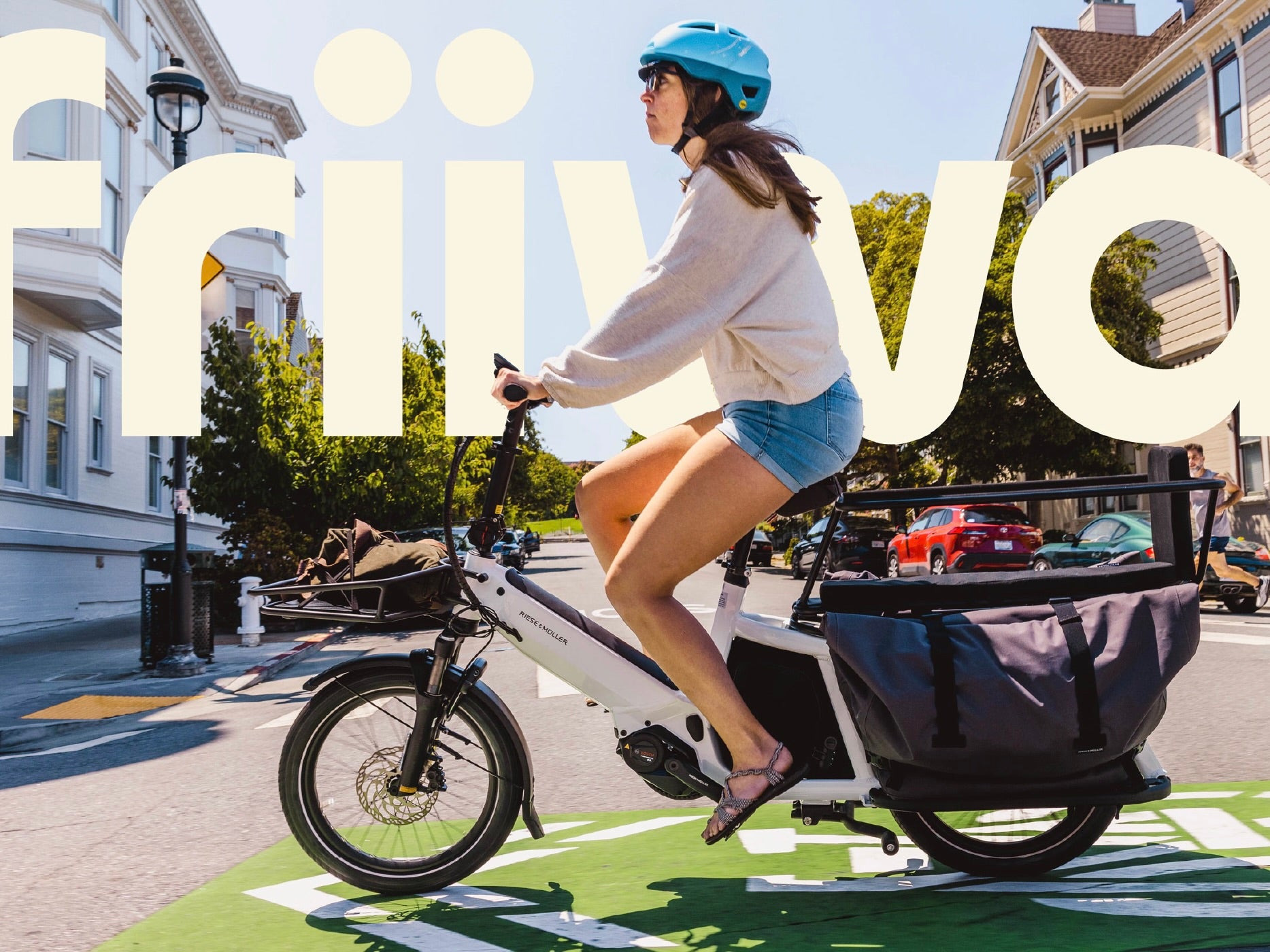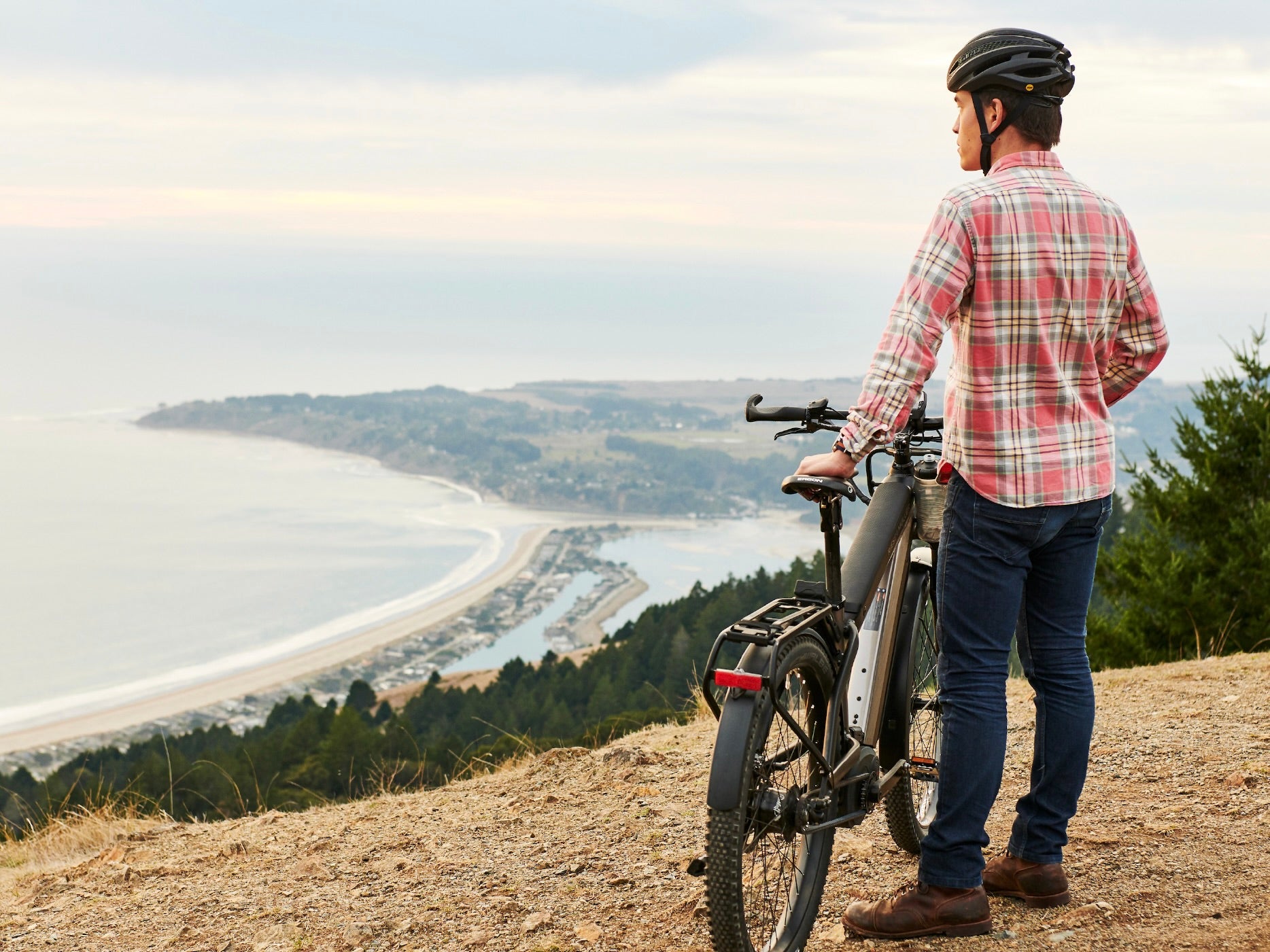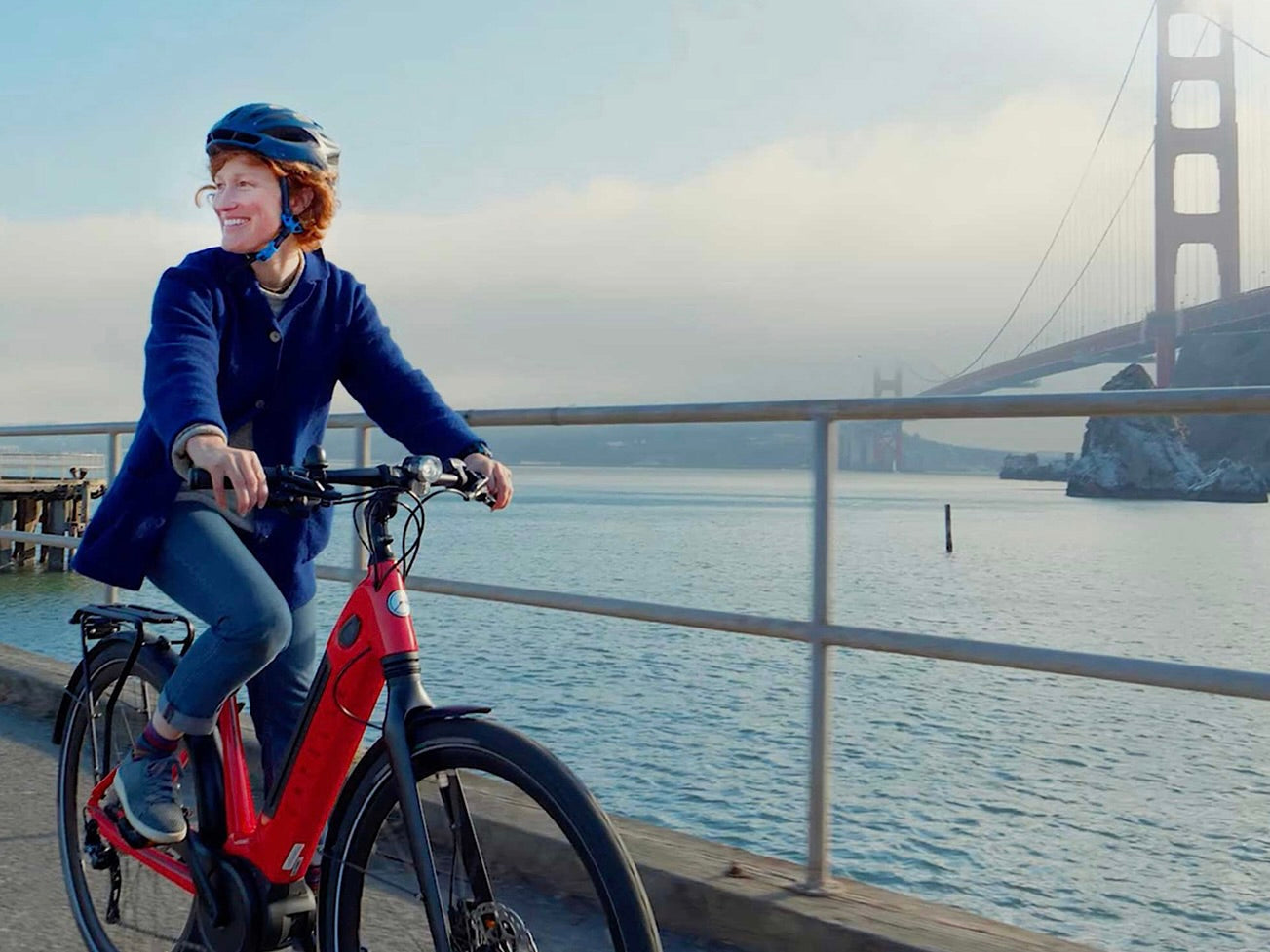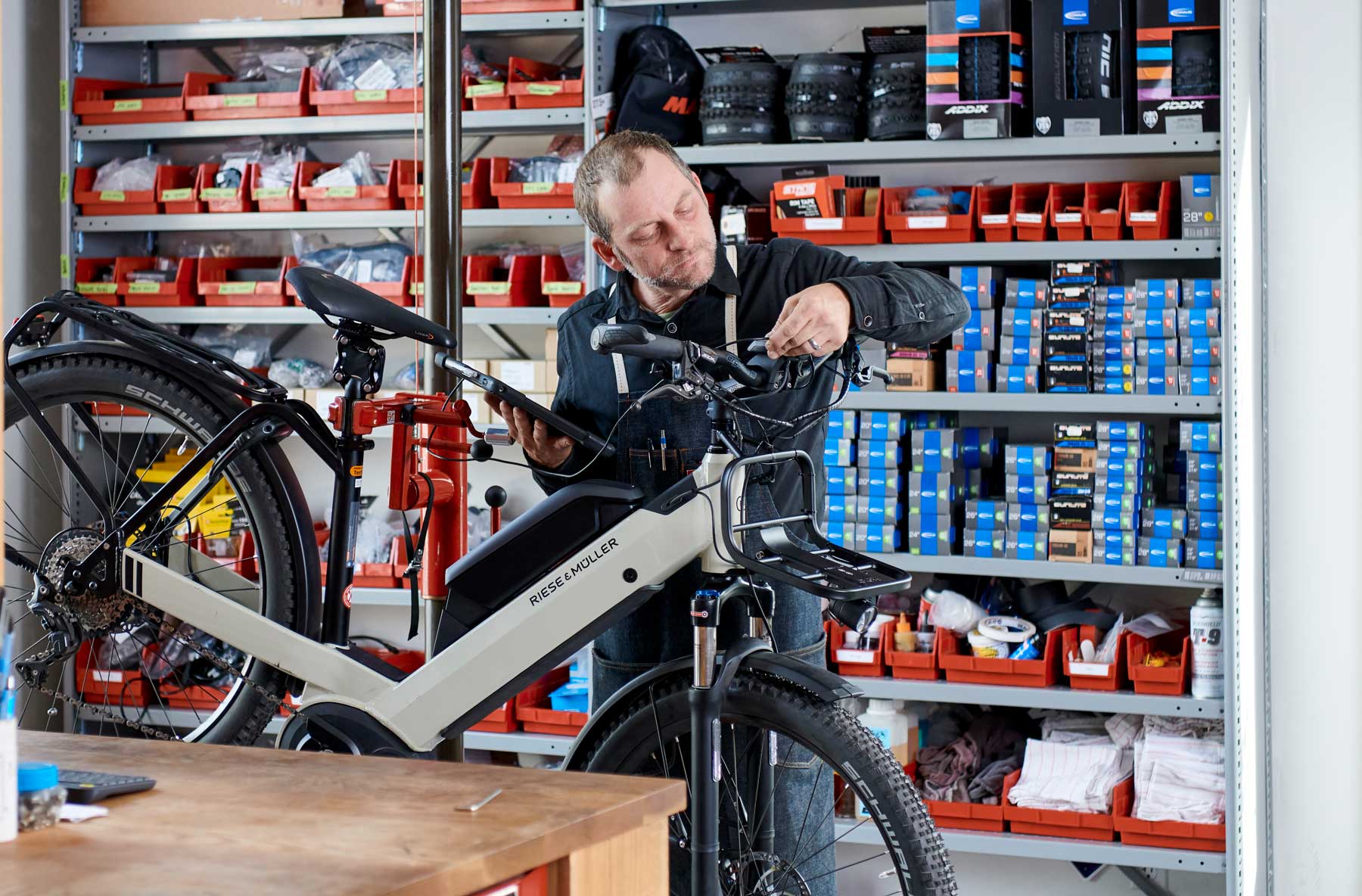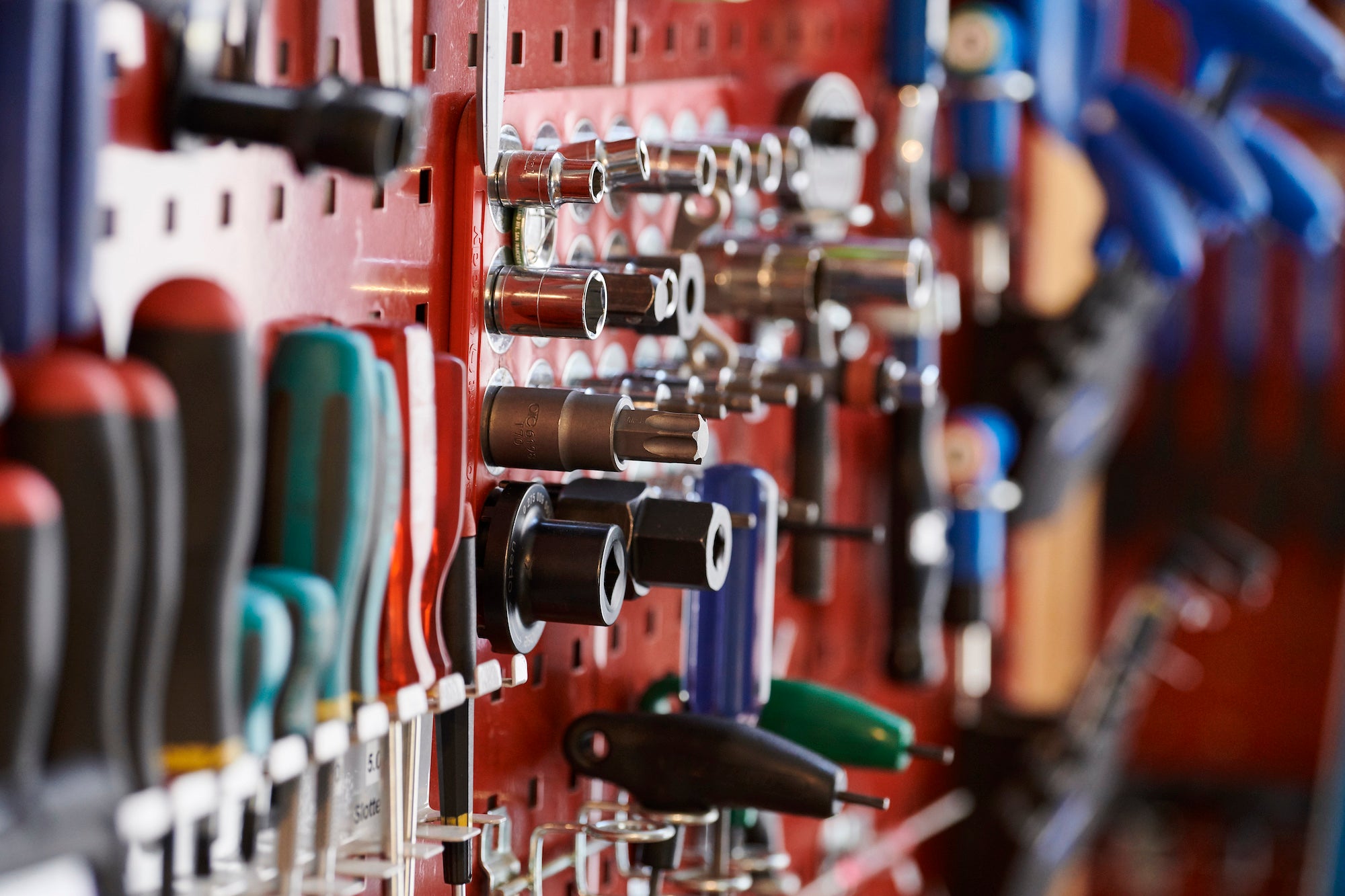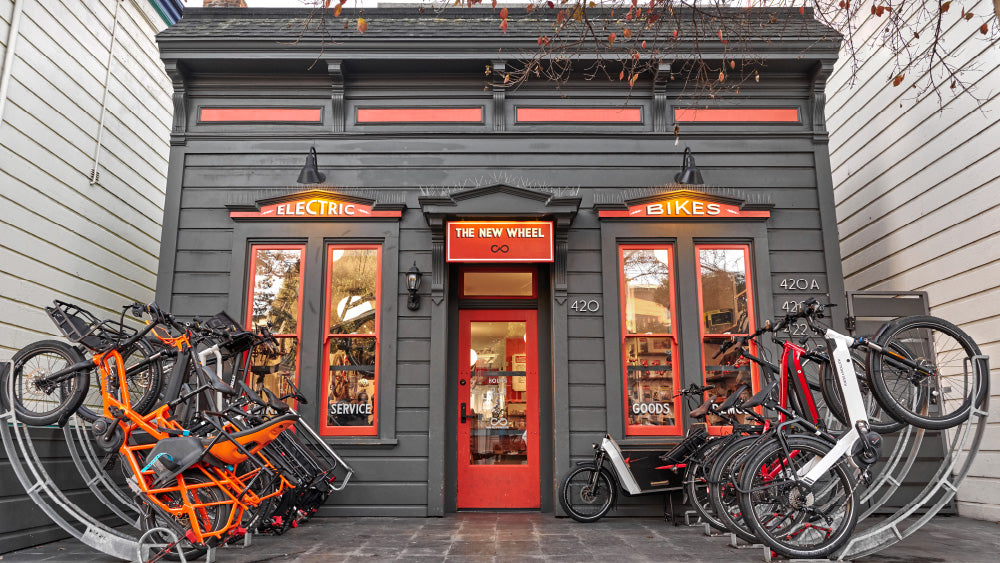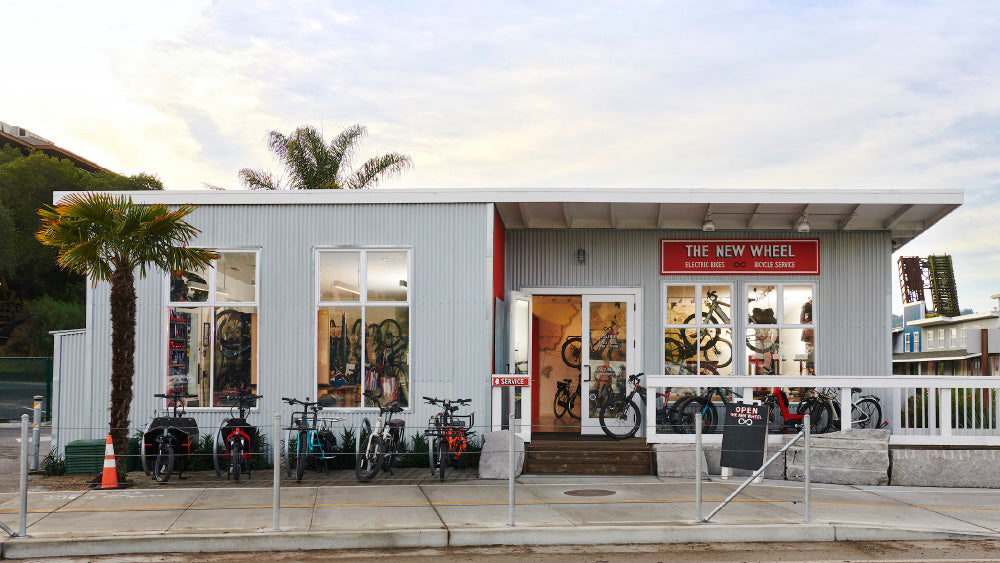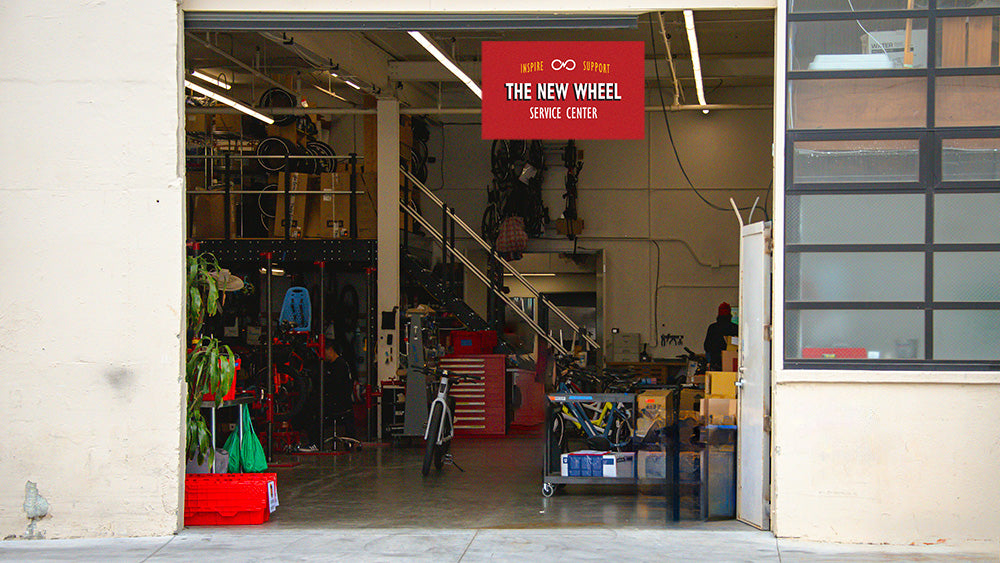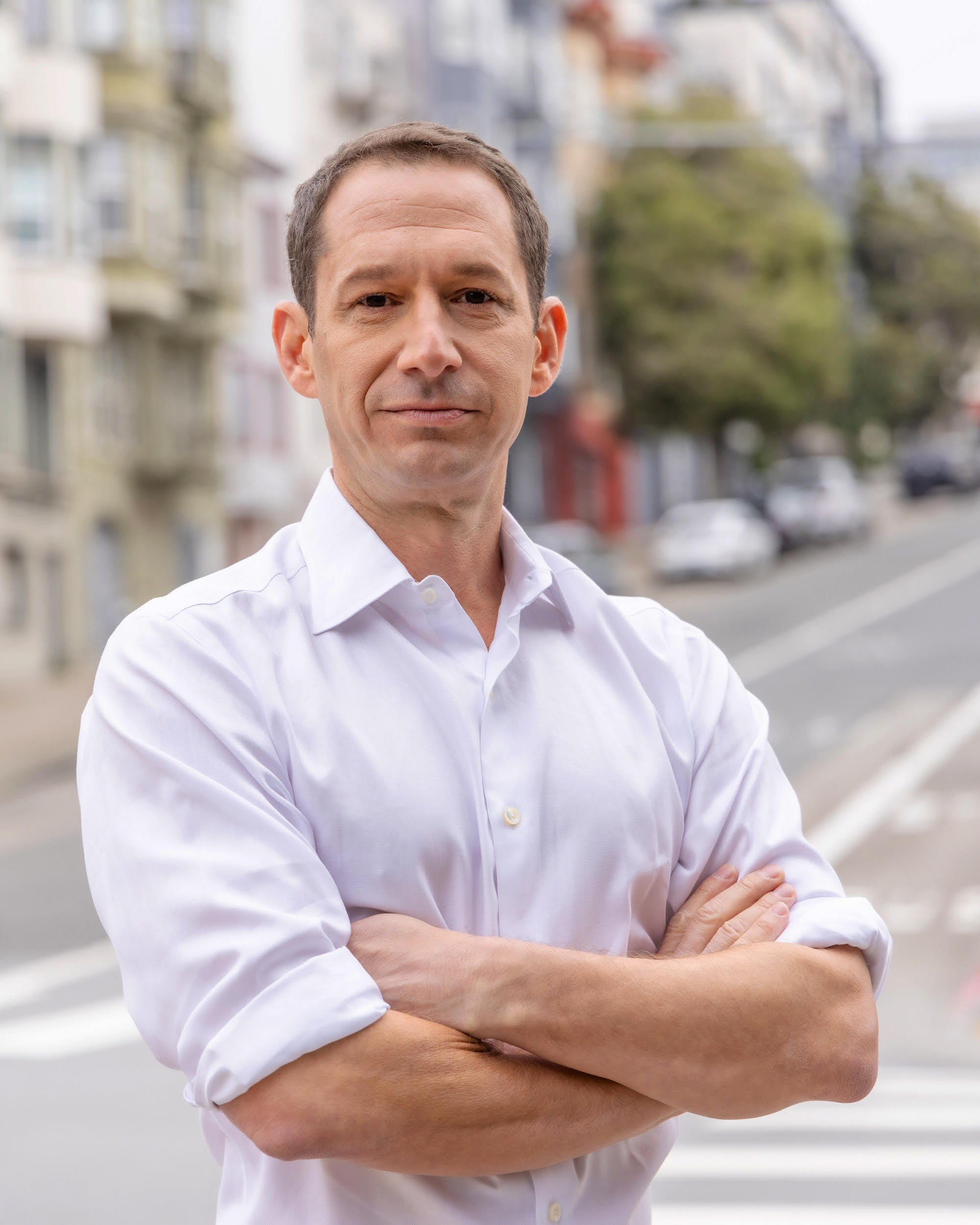Which candidate understands the promise and opportunity that bicycles bring to make San Francisco healthier, safer, more sustainable and more affordable? Who will champion cycling as Mayor of San Francisco?
We sent a questionnaire to each 2024 San Francisco mayoral candidate to help answer some of these questions. We hope it is helpful to you as you think about who you support in this important election.
Read Supervisor Aaron Peskin's answers to our questions below.
1. Do you ride a bicycle regularly in San Francisco? If yes, what do you love about cycling in the city?
No, not regularly anymore - but really enjoyed biking with others at the last big group ride on Bike Anywhere Day. That’s kind of what I love best- I forgot it could be most fun with others.
2. Why do you think more San Franciscans don’t use a bicycle for transportation? What do you think are the biggest impediments and how would you tackle them?
I think people weigh different things but definitely convenience and safety. Especially new cyclists, seniors, families juggling kids and cargo - or any person that isn’t used to cycling as a primary transit mode, weighing the safety and convenience is a big deal. I think E-bikes do remove a significant physical barrier to cycling, especially in a hilly city like San Francisco. But unfortunately, owning an E-bike has proven to be a costly investment. Which is why I authored an ordinance to create an e-bike incentive program because I know there are so many families who would make the environmentally friendly leap to cycling conveniently IF it didn’t cost an arm and a leg. Safe storage is also huge, which I have grappled with in the lithium-ion fire safety ordinance I authored.
3. Do you feel safe riding a bicycle in San Francisco? Why or why not?
Mostly yes I do, but I can see how some may not, particularly at key intersections where turning or crossing is an issue - also, beware rail tracks!
4. Do you think it is important that everyone of every age (8 years old to 80 years old) feels safe riding in San Francisco? Do you think it is possible? As Mayor, how would you make sure everyone feels safe riding in San Francisco?
Yes - but not on every street. I think we should have coherent and balanced transportation planning that privileges some streets for bikes, others for buses, and others for cars. We should have a connected bike network that can safely reach all parts of the city, but created with community, not against it.
5. One of the issues we see stopping more people cycling is secure bicycle parking in residences, shopping districts, parking garages, and offices. What will you do to ensure everyone has easy access to secure bicycle parking?
Encourage the use of transportation funds for secure bike parking - we can do this!
6. This summer, we were in Copenhagen, a similarly sized city to SF, and experienced world-class transit, pedestrian, and cycling infrastructure—including wide protected bicycle lanes on nearly every street. Do you believe SF should be like Copenhagen (or Paris, which has increased cycling by over 80% in five years), and what will you do as Mayor to get us there?
Yes, but that vision can not be effectively imposed on neighborhoods without deep buy-in from small business owners and neighbors. The MTA has relied on a quick build process to move much of its street safety projects in the past years but this program is unfortunately incapable of taking on more intensive infrastructure projects like you are describing. The only way to achieve the results of Paris or Copenhagen is to create a comprehensive network of safe, protected bike lanes, with room for passing, which requires more intensive planning and investment by MTA - and that also sees neighborhoods as destinations and nodes in a citywide system - not drive-through channels.
7. Do you believe the removal of parking spaces is a tradeoff required to dramatically improve pedestrian and cyclist safety and speed transit? Why or why not?
I have long supported daylighting as a Vision Zero improvement. It is already state law and clearly improves visibility and pedestrian safety. Also: Short-term parking and loading on commercial corridors is needed by most small businesses to figure out daily operations. We can do both!
8. Do you believe it is important that neighborhood interest groups be consulted for each bike infrastructure improvement that impacts the neighborhood, or do you think that cycling networks should be built based on a citywide plan insulated from local opposition?
There is no shortcut to progress. Cutting out democratic participation is not effective or desirable. As a leader, I want to continue to bring people together and bring a majority along toward the best outcome.
9. Paint us a picture of what you believe our streets should look like in 10 years: Do you think San Francisco streets should look relatively similar to how they do today, somewhat different, or very different?
Market Street needs to be radically improved - we’ve already invested in the planning and funding to do this! It’s wild we’re still debating the end goals of Market Street. With continued infrastructure investment we can continue to improve transit speeds and service, and bike and pedestrian safety. We are already behind on that investment because of a lack of leadership from the current Administration which intentionally failed to pass the MUNI bond of 2022.
